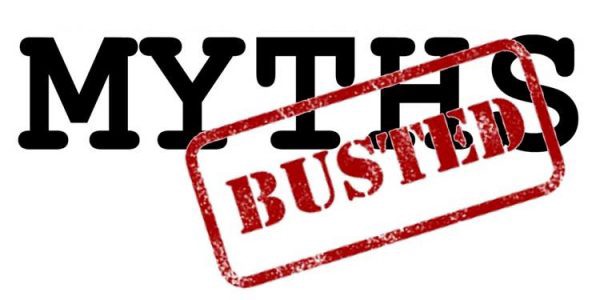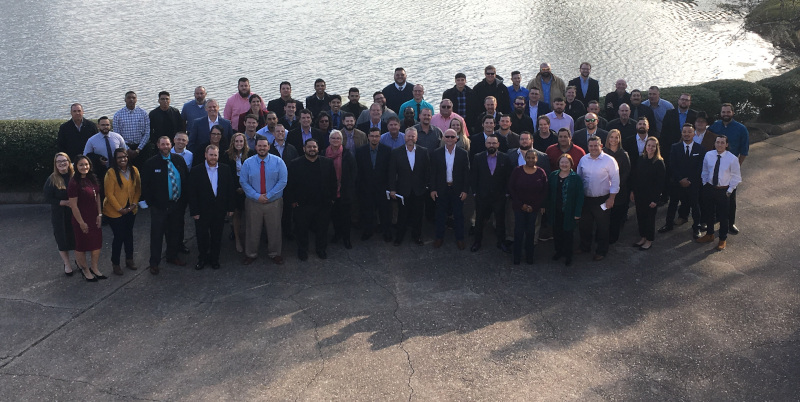Hydroseeding Provides Eco-Friendly Solution on Job Sites
Stormwater Magazine
To complete these projects, the MCTC Joint Venture (MCTC-JV), needed to earn a Notice of Termination, which requires revegetation efforts along the newly constructed railways. There were several ways the group could fulfill this requirement: to control erosion, the contractor could install erosion control blankets or use hydraulically applied erosion control products (HECPs); to amend the soil, contractors could truck in compost or use soil amendments. To better understand all options available to them, MCTC-JV met with erosion control and revegetation professionals to develop a solution that would work on the first try.
Nature Can Reduce Costs, Extend Life Of Infrastructure Projects
Water Online
“People tend to think of roads and bridges when we say ‘infrastructure,’ but infrastructure is really anything that represents the foundation we build society on, including our waterways, coastlines and ports,” he said. “Transitioning from concrete and steel to natural elements is not ideal for every project, but we need to begin looking at ways to implement these methods, especially where natural change is dynamic and projects need to be more flexible within the changing environment.”
Key Programs From Landmark $1.2 Trillion Infrastructure Act
JD Supra
Last Friday the $1.2 trillion bipartisan Infrastructure Investment and Jobs Act (“Infrastructure Act”), which passed the Senate on August 10, 2021, was passed in the House. The $1.2 trillion Infrastructure Act includes $550 billion in new funding for private and public sector initiatives related to energy, transportation, water, manufacturing, technology, and environmental infrastructure. Here are some of the key programs in the Infrastructure Act:
10 Reasons Why You Must Pay Attention to the Water Shortage
Xeros Tech
If you are currently living in a drought stricken area, you have been experiencing firsthand the impact of a water shortage. For the rest of us, we occasionally hear about it in the news but it doesn’t necessarily impact our daily lives. That is about to change. Water shortages are real and with climate changes are going to be more widespread and frequent. Water shortages impact everything in our daily lives—the economy, food, energy, disease, and our overall livelihood. Everything from where you vacation to how you do your laundry will be impacted a water shortage. Here are ten things that you should know about water shortages.
Ocean Pollution – From Land to River to Ocean to Fish to Your Mouth
The Conversation
Ocean pollution is a complex mixture of toxic metals, plastics, manufactured chemicals, petroleum, urban and industrial wastes, pesticides, fertilizers, pharmaceutical chemicals, agricultural runoff, and sewage. More than 80% arises from land-based sources and it reaches the oceans through rivers, runoff, deposition from the atmosphere – where airborne pollutants are washed into the ocean by rain and snow – and direct dumping, such as pollution from waste water treatment plants and discarded waste. Ocean pollution is heaviest near the coasts and most highly concentrated along the coastlines of low-income and middle-income countries.



